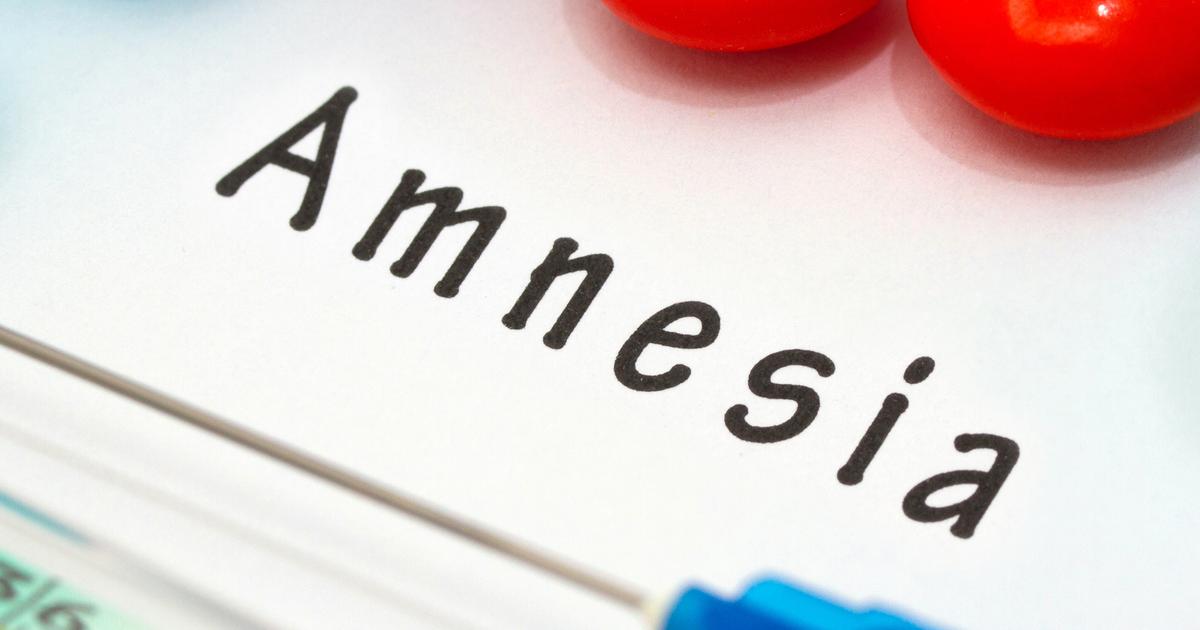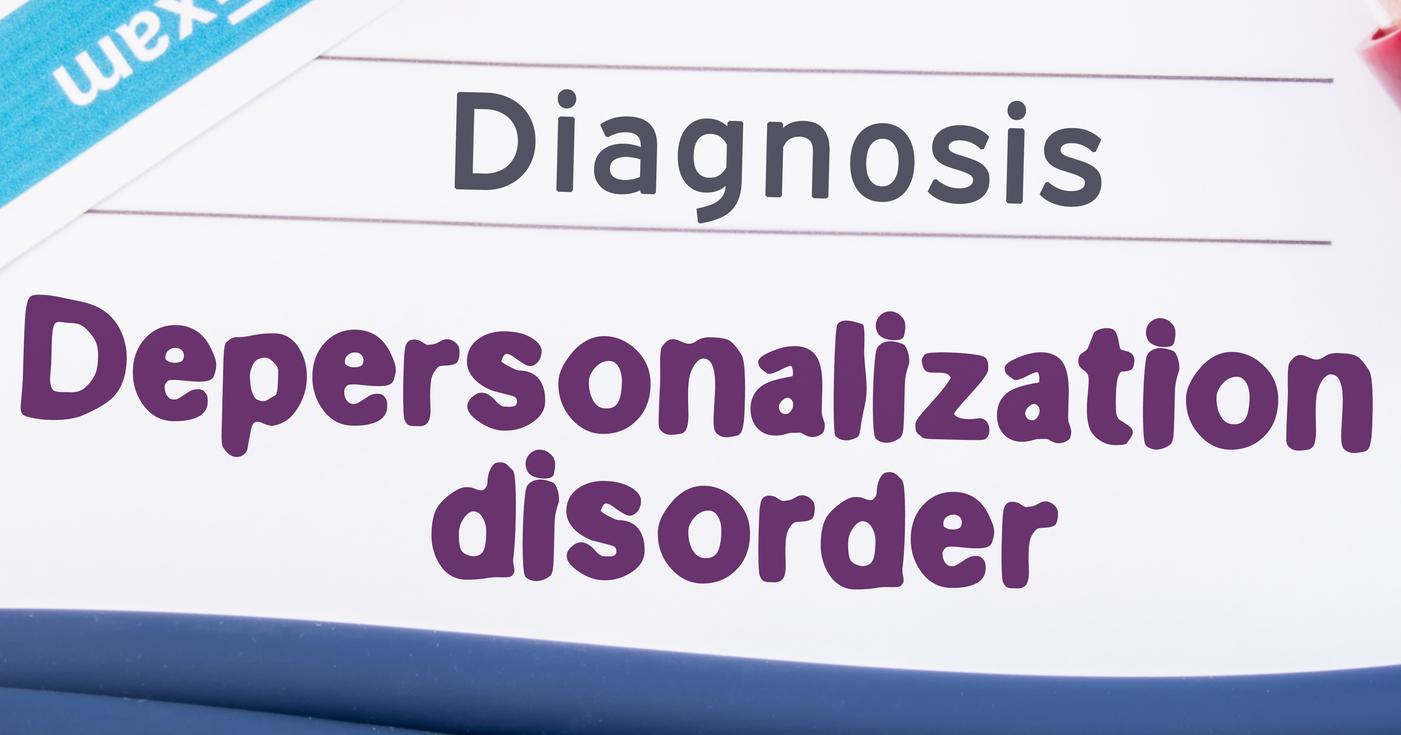Everything You Need To Know About Dissociative Identity Disorder
It is natural for individuals to feel disconnected from themselves or their surroundings. Therefore the word dissociative raises a few questions when it comes to this illness. Like all disorders, it means the symptoms are more severe than they are with those who do not struggle with dissociative identity disorder (DID), to the point that it disrupts their lives. Thankfully, this mental illness is becoming increasingly understood, which makes it easier for it to be identified and appropriately treated.
Get the full details on precisely what dissociative identity disorder is, how it can be spotted, what causes it, and more, including treatment options.
What Is Dissociative Identity Disorder?

Dissociative identity disorder, also known as DID, used to be referred to as multiple personality disorder. It is a condition in which the affected individual has a minimum of two distinct and enduring personalities. While it is normal for an individual to have a moment of dissociation between thoughts and actions, the case is more severe for those who suffer from DID. This lack of connection can affect their identities and personality states, showing a great change of behavior followed by memory impairment, which is the cause of the multiple personalities. Substance abuse, other medical conditions, and imaginative children should not have the changes in their personalities accounted to dissociative identity disorder as any external factors do not just trigger this condition. This dissociation is an unconscious defense mechanism usually developed by a traumatic experience.
Discover the different types of dissociative disorders next.
Types Of Dissociative Disorders

Dissociative disorders can be defined by four categories. Dissociative amnesia is the inability to remember important information to the point where it is far worse than ordinary forgetfulness. It is possible to be linked with a dissociative fugue, which causes the individual to wander with amnesia. Dissociative identity disorder is when an individual displays two or more identities or personality traits. Depersonalization or derealisation disorder is characterized by a significant detachment that causes the affected individual to feel like objects around them are changing size and shape, or that people become inhuman. They also may feel detached from their own body. The fourth dissociative disorder is not specified, as it cannot be diagnosed by the symptoms of the other three categories.
Get the details on dissociative identity disorder facts and statistics now.
Dissociative Disorder Facts And Statistics

Because studies are relatively recent, it is unknown how common dissociative identity disorder truly is. It was once considered to be rare, but experts say it is more common than previously thought. Due to the increase of child abuse documented since the beginning of this century, some believe at least one percent of the population might suffer from DID, while others argue this number can reach up to three percent. This disorder can be treated with antipsychotics and anticonvulsants, as well as antidepressants, and is believed to be a trauma-related disorder. The name dissociative identity disorder was created in 1994 to replace its former term: multiple personality disorder. The Sidran Institute is devoted to education around trauma disorder, and it believes individuals with DID have a posttraumatic stress disorder.
Compare dissociative identity disorder with another mental health condition now.
Dissociative Identity Disorder Vs Schizophrenia

Many individuals incorrectly believe schizophrenia and dissociative identity disorder are the same condition. However, this isn't the case. Not only are DID and schizophrenia caused by different things, but they have very different symptom presentations. Schizophrenia is characterized by psychosis, which may take the form of delusions or hallucinations. Patients with this condition may believe things that aren't true or speak to individuals who aren't there. Schizophrenia may also include catatonia, disorganized speech, and inappropriate social interactions. DID patients, on the other hand, alternate between multiple 'alters.' Different alters may exhibit different behaviors and have different names and characteristics. Dissociative identity disorder also causes amnesia, as affected individuals typically can't remember what each alter does when another is fronting. Some patients with dissociative disorders report being able to talk to their other alters, but in classically-presenting DID, there's no mental interaction between alters.
Uncover the symptoms of dissociative identity disorder now.
DID Symptoms: Amnesia

One of the key characteristics of dissociative disorders is dissociative amnesia. This is when an individual blocks a particular event in their lives. A woman who suffers from DID has shared a personal story in which one of her alternate personality states ('alter') took over and put her in a traumatic situation; after arguing with her sister, she felt stressed, and this change took over. The woman then left her house and was a victim of rape. The memory was triggered when she faced another traumatic event, yet she could not remember many details of that night. These 'alters' are known to take over in times of stress as a coping mechanism.
Read about the next symptom of dissociative identity disorder now.
DID Symptoms: Depersonalization

Depersonalization is when the individual feels like they are watching their lives from the outside, almost like an out of body experience. This experience can be triggered by substance abuse, particularly marijuana. An individual named Brian shared his story, which happened after a night when he smoked marijuana and had a panic attack. He explains time stood still and for weeks he felt disconnected from his body and his life as if he was living in a dream. Although marijuana is not the cause of it, it can make the illness surface from an individual who has the potential to have DID.
Keep reading to learn about what causes dissociative identity disorder next.
Cause Of DID

Dissociative disorders are the result of trauma, emerging as a coping mechanism to deal with the stress caused by it. It can go undiagnosed until adulthood, but when a child is exposed to an extended period of abuse and neglect, this is when this mental illness typically starts to develop. It protects the individual's consciousness from the events they experience, so children can escape from this experience and block the memories of this abuse. In severe cases, this dissociation can result in an individual developing more than one personality. It is important to note not all abused children end up dealing with dissociative identity disorder. However, it is more common with this group than it is with non-abused children.
Consider the role of the personalities in DID next.
What Role the Personalities Play

While the personalities are more commonly referred to as alters nowadays, it's true that dissociative identity disorder comes with multiple different alters that serve different functions. The roles of the alters varies greatly from person to person. Some alters may form as a means of shielding or protecting the patient from trauma. These alters take on the pain of traumatic events so the main individual doesn't experience it. It's also common for alters to take on childlike characteristics, especially characteristics of the individual at the age when their trauma occurred. Some mental health researchers describe the alters as being 'stuck' in the childlike state because of the trauma. Some patients with DID have alters that take on the characteristics of their abusers or persecutors, though these are less common. More than thirty types of alters have been identified by researchers.
Read about the diagnostic criteria for dissociative identity disorder next.
Diagnostic Criteria

The DSM-5 outlines very specific diagnostic criteria for DID. If an individual experiences dissociative symptoms or alters without meeting all the dissociative identity disorder criteria, they may have another dissociative disorder. Other specified dissociative disorder, or OSDD, is used for presentations of dissociation and identity fragmentation that don't fully meet the DID criteria. To be diagnosed with dissociative identity disorder, the individual must experience two or more distinct identities with consistent patterns of thinking, perceiving, and relating to the world. The disruption to their identity must change their sense of self, agency, consciousness, behavior, cognition, motor function, perception, and memory. DID patients must have frequent memory gaps that aren't explained by ordinary forgetfulness. Symptoms must also cause serious impairment in day-to-day functioning or distress.
Uncover details on the myths and stigma surrounding dissociative identity disorder now.
Myths And Stigma Surrounding DID

There are many myths and a lot of stigma surrounding DID. Many horror movies have been made about violent individuals with dissociative identity disorder. The same is true of many criminal procedural shows. Because DID isn't well understood, there's even prevalence of myths about it in the medical community. One of the biggest myths is that dissociative identity disorder isn't real. Mental health practitioners tend to find DID diagnoses controversial, but there's no denying that there are well-documented cases of individuals meeting the diagnostic criteria. It's common for individuals to defend negative portrayals of DID in the media because they're 'just fictional.' However, the lack of positive portrayals of dissociative identity disorder has led many to believe the disorder causes individuals to be dangerous and violent. DID patients do not have a higher likelihood of committing violence than anybody else. In addition, they're actually more likely to be the victims of violent acts than the average population. Dissociative identity disorder is also not a personality disorder; instead, it's considered a dissociative disorder. Some individuals believe all DID alters are extreme and obvious, but they aren't always. In fact, some alters may purposefully act like the host as a survival mechanism.
Discover differential diagnoses for DID next.
Differential Diagnoses

In large part due to symptoms that can appear in multiple conditions, dissociative identity disorder can also be mistaken for or diagnosed as something else. Speech from other personalities in an individual with DID can be mistaken for auditory hallucinations, such as in schizophrenia, or the other way around.
Differential diagnoses are also influenced in part by the belief of some that DID may not exist. Other conditions doctors may consider and individuals may be diagnosed with include borderline personality disorder, rapid-cycling bipolar disorder, and autism spectrum disorder, among others. Due to the number of conditions even somewhat similar to dissociative identity disorder, it is crucial for doctors to take the time to accurately assess and diagnose their patients. This will be incredibly beneficial in the long run, particularly for treating the condition.
Look at treatment options for dissociative identity disorder now.
Dissociative Disorder Treatment

Although not all dissociative disorders require the patient to be hospitalized, those who present danger to themselves can surely benefit from it as being in the hospital. It allows them to be separated from stressful situations and ongoing traumas that can be a trigger, and it protects them and those around them by keeping the patients from harming.
Different therapies can be quite effective at treating dissociative identity disorder. Psychotherapy is the most common, guiding the patient to identify their symptoms and develop coping skills, hypnosis or a drug-facilitated interview, is used to access the subconscious of the patient, and EMDR (eye movement desensitization and reprocessing) allows the patient to reprocess hidden traumas safely.
Discover how medication can help treat dissociative identity disorder now.
Medication For DID Treatment

There are no medications used specifically to treat dissociative identity disorder, but a variety of drugs can be used to relieve some of the symptoms along with therapy. These include neuroleptics such as aripiprazole, ziprasidone, olanzapine, and quetiapine, anticonvulsants, which act as mood stabilizers, and antidepressants to reduce anxiety and apprehension. These medications tend to be prescribed in smaller dosages for DID patients than they would be for someone who suffers from the mental illness they are typically prescribed for.
Get familiar with how dissociative identity disorder is treated in children now.
How Is Dissociative Identity Disorder Treated in Children?

Dissociative identity disorder usually goes undiagnosed until the patient reaches adulthood, but in cases when a child shows signs of having dissociative identity disorder or any kind of dissociation in general, it is worth to investigate to prevent the illness from affecting them further. When it is suspected that a child may be suffering abuse, it must immediately be reported, and professionals will be required to intervene. This professional can be a psychiatrist, social service representative, a behavioral pediatrician, or a child abuse specialist. There was a famous case in the 1990s when a young girl gained media attention for being a 'young psychopath' until a professional was able to identify she actually suffered from dissociative identity disorder due to abuse. She is now fully recovered and a professional in the area.
Learn about the goals of DID treatment next.
Treatment Goals

As mentioned in this article, there is no medication specifically made for treating dissociative identity disorder, but existing drugs for the symptoms can be combined to facilitate the therapy treatment. There are three phases of treatment: the first step is to stabilize the patient, then together they work on the patient's trauma, and finally, they can be integrated into their surroundings. The primary goal is to ensure the safety of the patient and to relieve them from their symptoms. To get there, a patient with multiple personalities can reconnect all of them into one well-functioning identity, become able to express and process their traumatic memories, develop healthy coping skills, improve their relationships, and function fairly well.